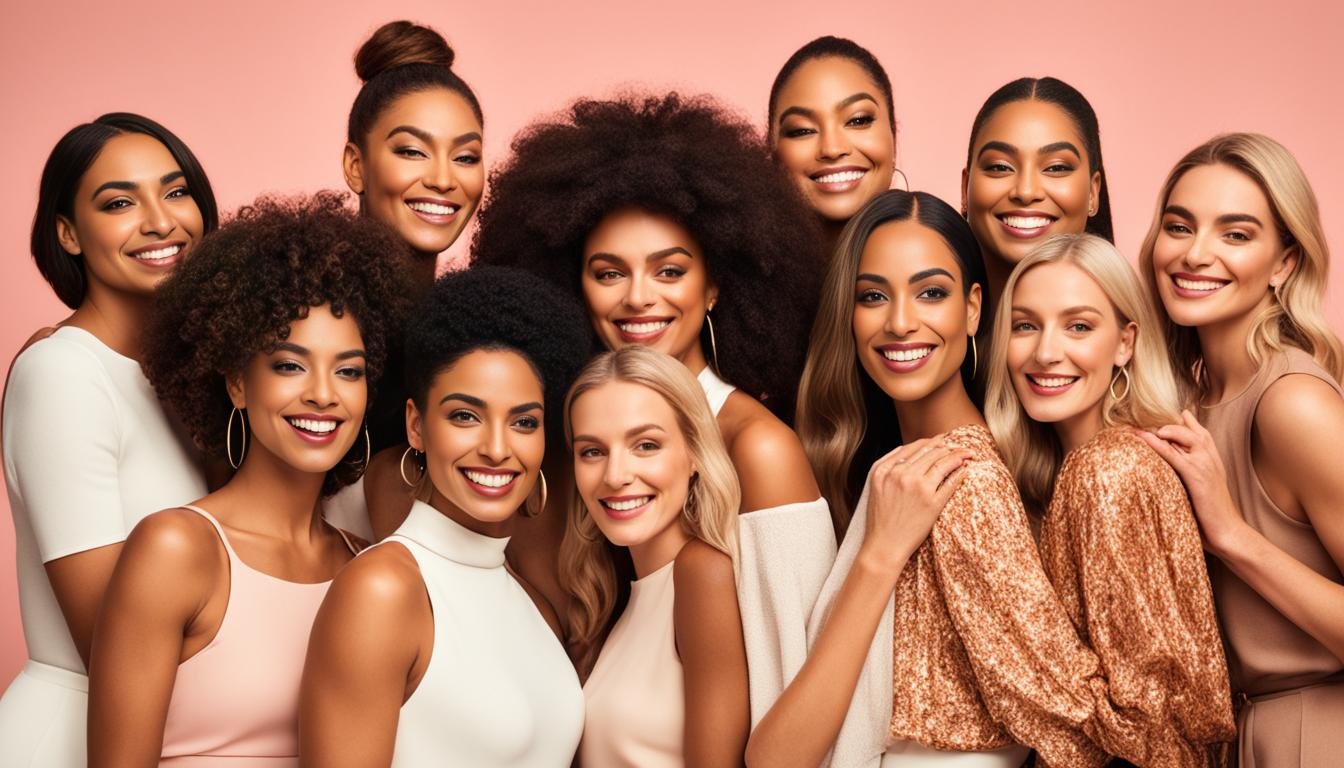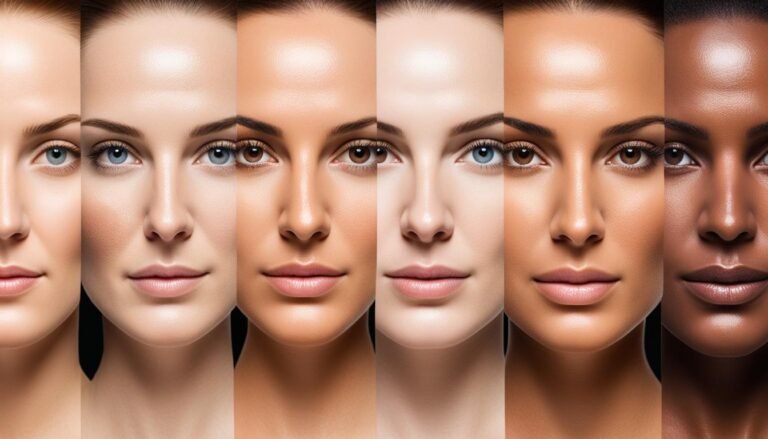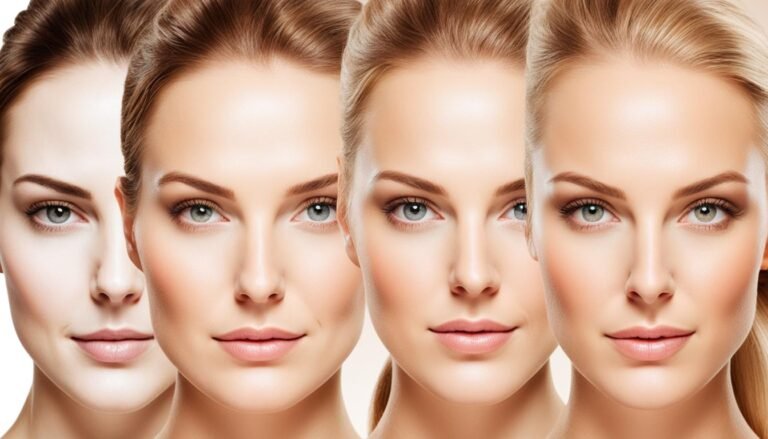Which skin tone is attractive?
When it comes to beauty, opinions vary and personal preferences differ. However, societal beauty standards and historical influences have perpetuated the notion that lighter skin tones are more desirable. But is this belief based on reality or mere perception?
Join us as we delve into the fascinating topic of skin tone and attractiveness. We’ll explore the impact of skin color on perceptions of beauty, challenge common beliefs, and uncover the complexities surrounding this subject.
Whether you’re curious about the global market for skin-lightening products or eager to understand the relationship between skin tone preference and self-esteem, this article will provide valuable insights. Let’s dive in!
Key Takeaways:
- The preference for lighter skin tones has been perpetuated by societal beauty standards and historical influences.
- Research suggests that light brown skin tones are often perceived as more physically attractive.
- Advertisers frequently feature fair-skinned African-American models, highlighting a preference for lighter skin tones in mainstream media.
- Skin tone preference within the African-American community is complex and influenced by factors such as self-esteem and ethnic identity.
- Perceptions of attractiveness are multifaceted and shaped by various factors beyond skin color.
The Impact of Skin Tone on Perceptions of Beauty
Research has shown that the color of one’s skin can significantly impact perceptions of beauty. In particular, light brown skin tones are often regarded as more physically attractive compared to pale or dark skin tones. This preference for lighter skin can be seen in the advertising industry, where advertisers strive to use models who are perceived as attractive by consumers to promote their products.
One study found that black models featured in advertisements are frequently fair-skinned, indicating a clear preference for lighter skin tones in mainstream media. This preference, however, extends beyond specific racial backgrounds. Both Caucasians and African Americans react similarly to light, medium, and dark shades of skin tone, challenging the assumption that only lighter skin tones are desirable.
The influence of skin tone in shaping perceptions of physical attractiveness suggests that beauty standards are not solely determined by skin color. Instead, attractiveness is a complex interplay of various factors, including facial features, body proportions, and overall presentation. While skin tone does play a role in these perceptions, it is essential to recognize that beauty is not limited to a single skin color or shade.
The Role of African-American Models in Shaping Beauty Standards
In the context of African-American models, the preference for lighter skin tones in advertising can have broader implications. By predominantly featuring fair-skinned black models, advertisers perpetuate the idea that lighter skin is the epitome of beauty within the African-American community. This can create unrealistic beauty standards and reinforce colorism, which is the discrimination or prejudice based on skin color.
It is crucial to recognize the diversity within the African-American community and celebrate the beauty of all skin tones. By including a wider range of skin tones in advertisements, the media can help challenge and reshape societal beauty standards, promoting a more inclusive and diverse representation of beauty.
The Relationship Between Skin Tone Preference and Self-Esteem
Skin tone preference within the African-American community has been a subject of ongoing discussion and investigation. While limited empirical research has been conducted in this area, studies have examined the relationship between skin tone preference and factors such as self-esteem and ethnic identity.
Interestingly, research suggests that preferences for light skin tones among African Americans are associated with higher levels of self-esteem. This finding suggests that individuals who prefer lighter skin tones may view them as more socially desirable, leading to an increased sense of self-worth.
Additionally, preferences for medium skin tones have been linked to stronger ethnic identity attitudes. This suggests that individuals who prefer medium skin tones may feel a stronger connection to their ethnic background and embrace their African-American identity more prominently.
It is worth noting that individuals with darker skin tones often express a preference for medium skin tones. This preference for a slightly lighter shade may stem from societal influences that have historically placed a higher value on lighter skin tones. However, further research is needed to fully understand the complexities of skin tone preference within the African-American community.






